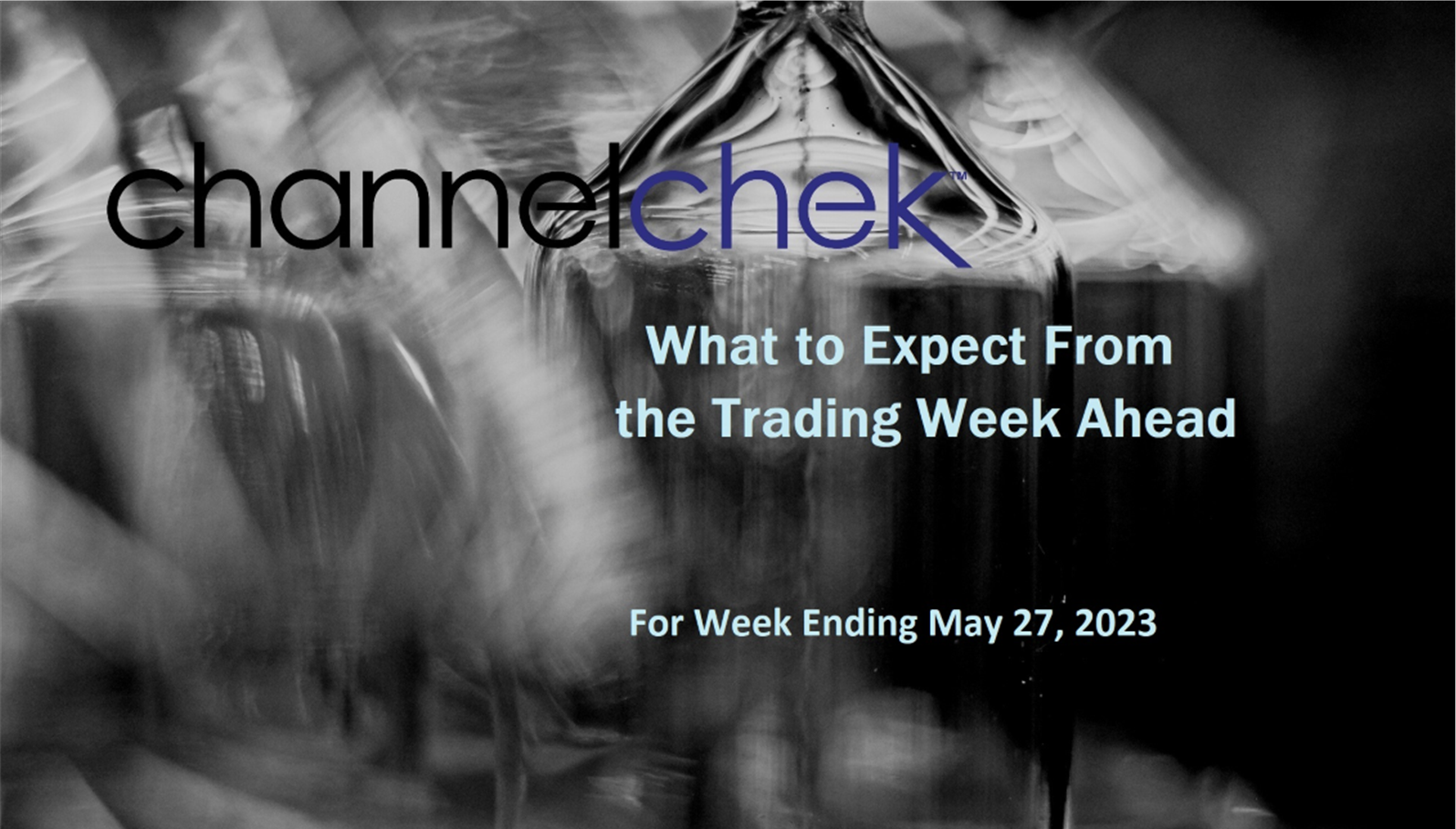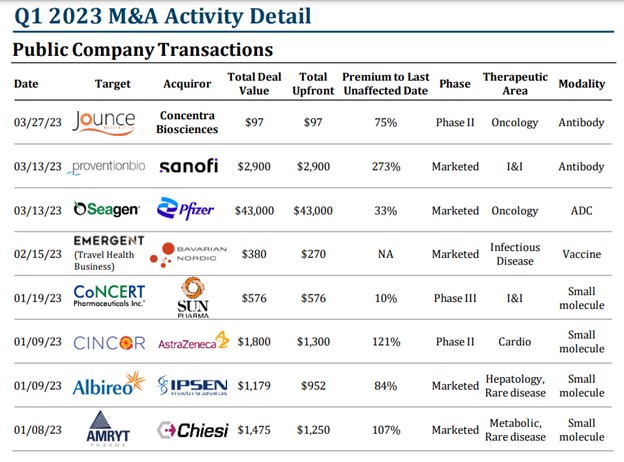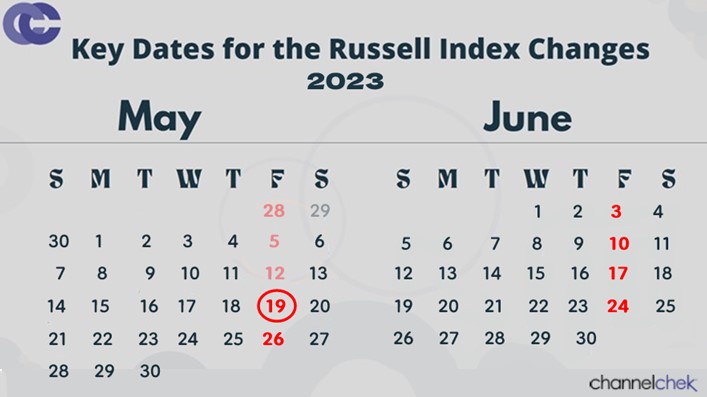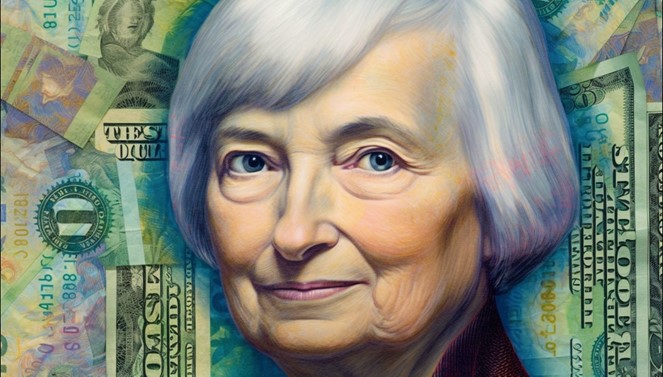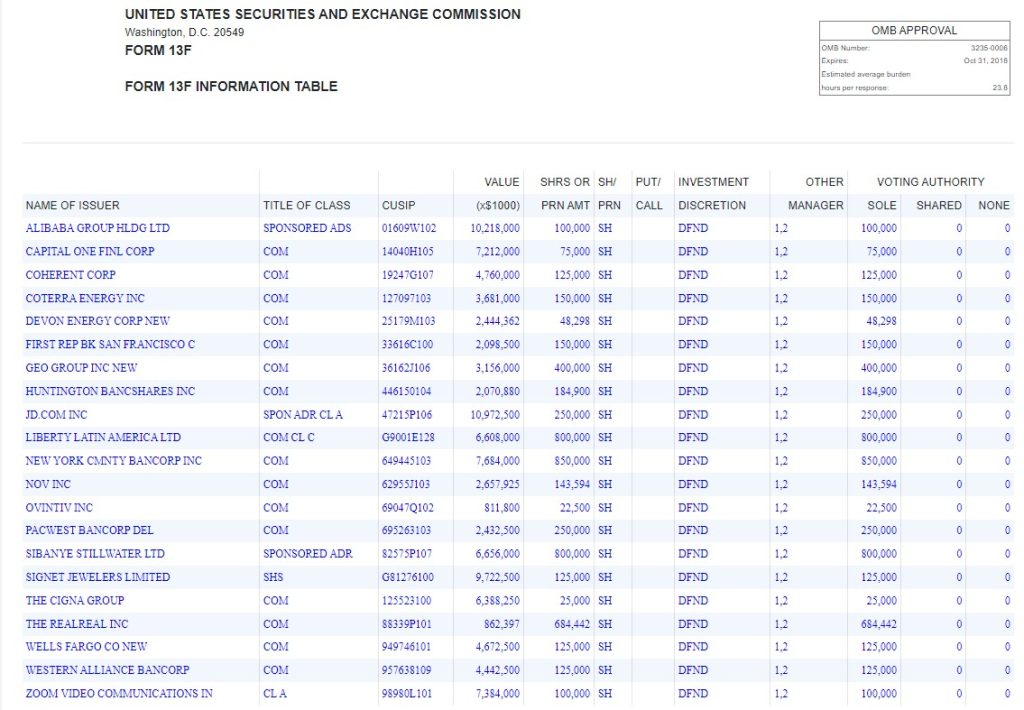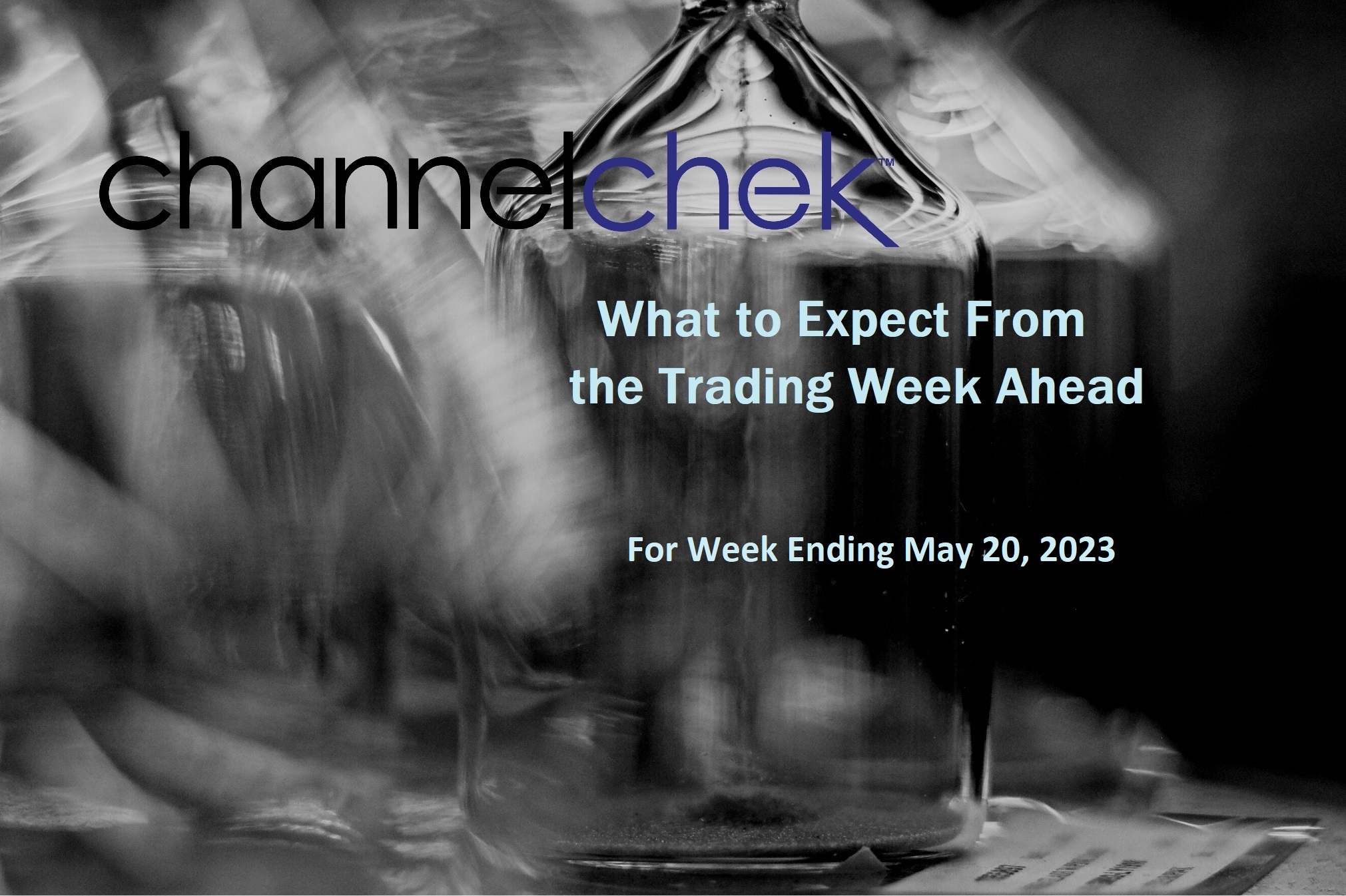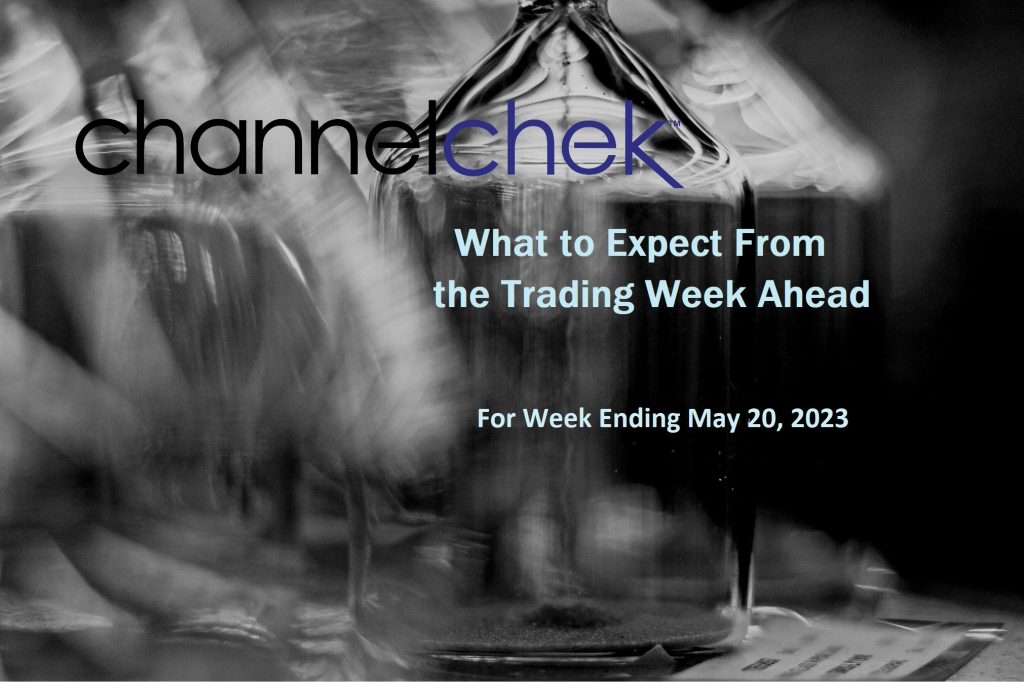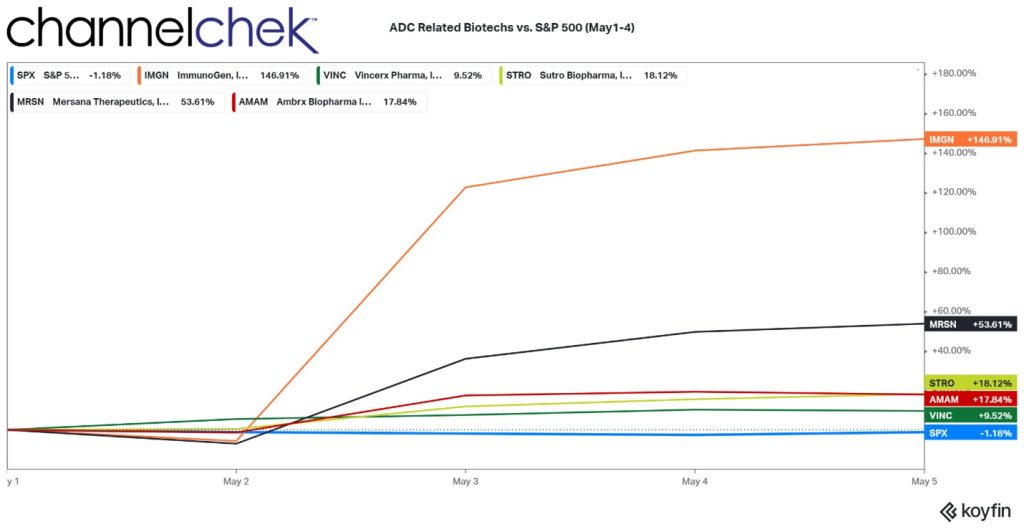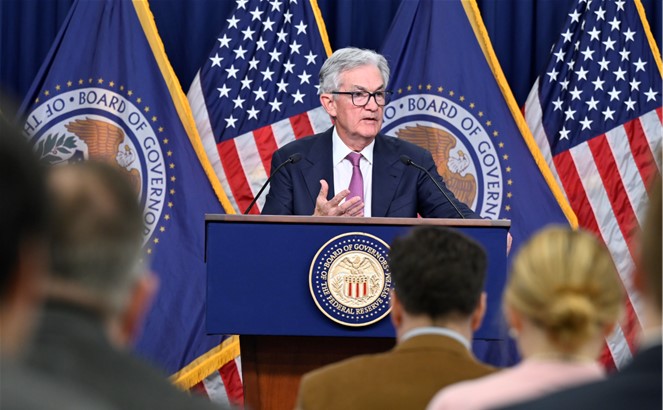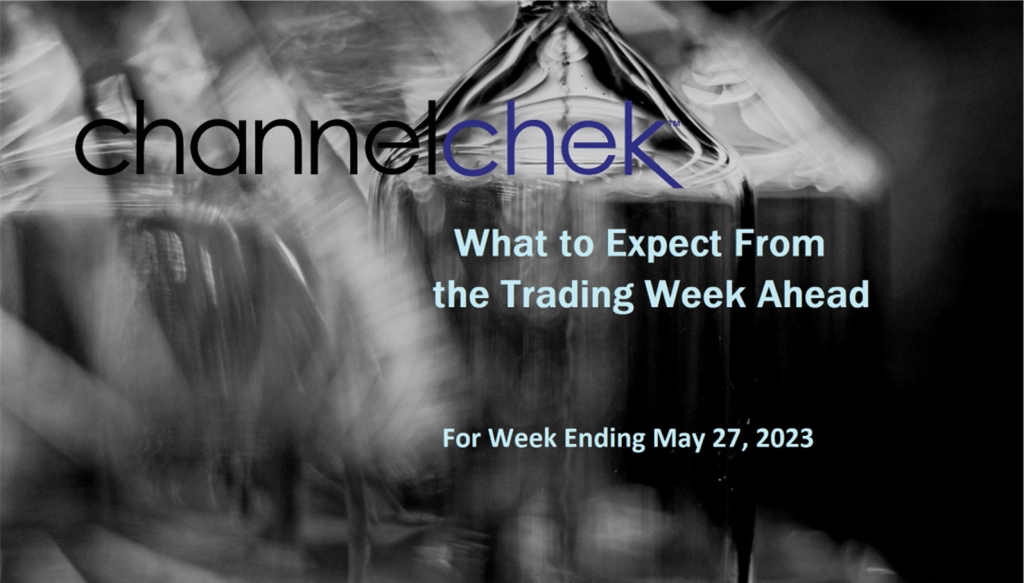
The Market Hurdles Before the Holiday
The FOMC minutes on Wednesday detailing the debate at the Federal Reserve’s May 2-3 meeting could be an eye-opener for investors. Expectations for many had been that the Fed would pause tightening. The Fed has publicly insisted that the interest rate moves are data dependent and there isn’t a scheduled plan extending through the rest of the year. If the minutes suggest pausing, markets shouldn’t react severely, if instead, the minutes suggest the Fed is panicking at the pace of the economy and persistence of inflation, the stock market may itself pause the recent bullish moves. Inflation data in the form of the PCE report Friday is not expected to show much improvement.
Friday is one of the bigger days for economic reports as Consumer Sentiment is released in the morning. On Friday afternoon, SIFMA recommends an early close before the Memorial Day weekend.
Monday 5/22
- 8:30 AM ET, James Bullard will be speaking. Bullard is the President and CEO of the Federal Reserve Bank of St. Louis. Bullard is an FOMC member and has been very vocal in his support for higher interest rates.
- 10:50 AM ET, Thoms Barkin will be speaking. Barkin is the President and CEO of the Federal Reserve Bank of Richmond. He is a member of the FOMC Committee.
- 11:05 AM ET, Mary Daly will be speaking. Daly is the President and CEO of the Federal Reserve Bank of San Francisco. She is a member of the Federal Open Market Committee (FOMC).
Tuesday 5/23
- 9:00 AM ET, Lorie Logan, CEO of the Federal Reserve Bank of Dallas will be speaking. She represents her district on the FOMC.
- 9:45 AM ET, The Purchasing Managers Report (PMI) has been signaling higher output for the last three releases. A number above 50 indicates an increase; the consensus for May is 52.6 versus April’s 55.9.
- 10:00 AM ET, New Home Sales, after a decent jump to a 683,000 annualized rate in March, new home sales in April are expected to have declined to 670,000.
- 1:00 PM ET, Money Supply numbers will be released. M2 is expected to have declined by 257.3 billion to a level of $20,818 billion.
Wednesday 5/24
- 10:30 AM ET, The Energy Information Administration (EIA) will be providing its scheduled weekly information on petr
- oleum inventories, whether produced in the US or abroad. The level of inventories helps determine prices for petroleum products.
- 2:00 PM ET, The Minutes of the FOMC meeting held on May2-3 will be released. The minutes detail the issues, discussions, and positions among policymakers; the Federal Open Market Committee issues minutes of its latest meeting three weeks after the meeting.
Thursday 5/25
- 8:30 AM ET, Jobless claims for the week May 20, are expected to rise 6,000 to 248,000 following a 22,000 swing lower to 242,000 in the prior week.
- 8:30 AM ET, Corporate Profits are pulled from the national income and product accounts (NIPA) and are presented in different forms.
- 10:00 AM ET, Pending Home Sales data from April are expected to have risen 1.1%.
- 10:30 AM ET, Susan Collins is the President and CEO of the Federal Reserve Bank of Boston.
Friday 5/26
- 8:30 AM ET, Durable Goods Orders are expected to have fallen 1.1% in April following March’s 3.2% rise. Ex-transportation orders are seen down 0.1 percent.
- 8:30 AM ET, Personal Income and Outlays. Personal Income is expected to have increased 0.4% in April with consumption expenditures also expected to increase 0.4%. These would compare with March’s 0.3 percent for income and no change for consumption.
- 8:30 AM ET, Retail Inventories are expected to have risen by .73%.
- 8:30 AM ET, Wholesale Inventories are expected to have been flat in April risen by.
- 8:30 AM ET, International Trade numbers are expected to show the US goods deficit is expected to widen marginally to $85.6 billion in May after narrowing by $6.5 billion in April to $85.5 billion.
- 10:00 AM ET, Consumer Sentiment is expected to end May at 58.0, nearly 6 points below April but shigher by .30% from May’s mid-month 57.7 flash.International Trade numbers are expected to show the US goods deficit is expected to widen marginally to $85.6 billion in May after narrowing by $6.5 billion in April to $85.5 billion.
- 2:00 PM ET, SIFMA Recommends an Early Market Close on May 26 (2PM) and a Full Market Close on May 29 in the US in Observance of the Memorial Day Holiday.
What Else
Investment roadshows on company’s you own or have an interest in can lead to insights you’d never get anyplace else.
A stock that has the distinction of being Michael Burry’s longest held position (a long position) is a company named GEO Group (GEO).
On May 23rd and May 24th you may be able to attend a roadshow in South Florida presented by Senior Management of Geo Group.
Managing Editor, Channelchek
Sources:
https://us.econoday.com/byweek.asp?cust=us
What Else
Investment roadshows on company’s you own or have an interest in can lead to insights you’d never get anyplace else.
A stock that has the distinction of being Michael Burry’s longest held position (a long position) is a company named GEO Group (GEO).
On May 23rd and May 24th you may be able to attend a roadshow in South Florida presented by Senior Management of Geo Group.
Managing Editor, Channelchek
Sources:
